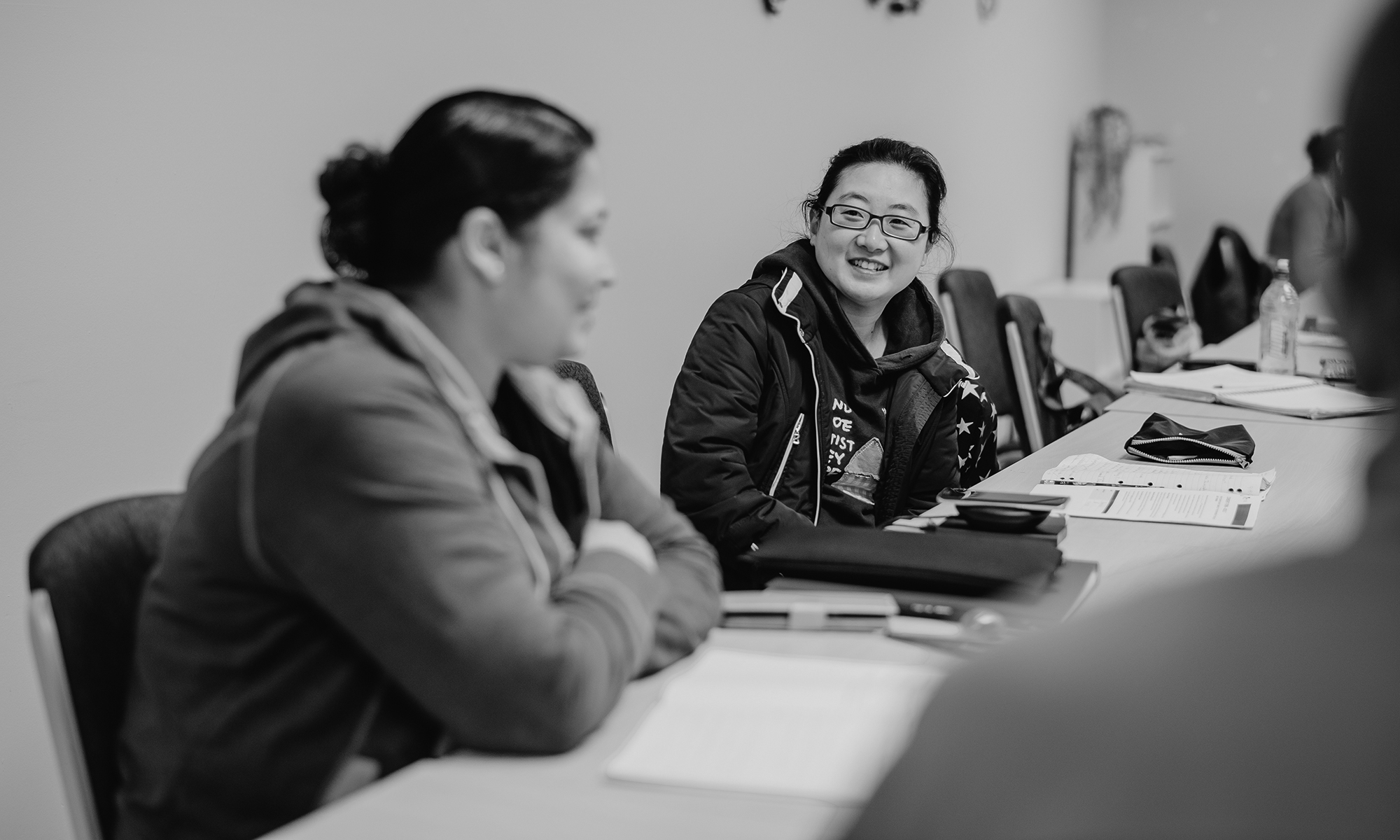Author: Janine Arentes
Victoria University
Edition: Volume 65, Number 1, April 2025
Introduction: The COVID-19 pandemic necessitated a sudden shift to online teaching and learning in higher education institutions. This abrupt transition had a significant impact on both students and staff. In this article, the author discusses how three academics identified students who were experiencing digital poverty and implemented trauma-responsive strategies as emergency mitigation measures. Through post qualitative inquiry, the author explores the collective narrative of these academics and uncovers unfinished conversations related to digital poverty and trauma in blended learning as ‘hidden’ needs often not considered in the discourse around the ways we develop accessibility technologies. Findings from research, include the recognition of hidden needs related to divergent identities of staff and students, as well as the importance of prioritising safety and efficacy in remote learning spaces. The article argues that trauma-informed teaching practices in blended learning have had a positive impact on teaching and learning in contexts where digital poverty is prevalent; providing student access otherwise denied an education. The findings of this study provide a contextualized understanding of digital poverty and blended learning, which are essential to developing inclusive and safe online classrooms.
Keywords: higher education, digital poverty, teaching and learning, blended learning, trauma-informed teaching
[feather share] Share a copy of this abstract.
This article is part of AJAL, Volume 65:1. The entire volume is available in .pdf for purchase here.
